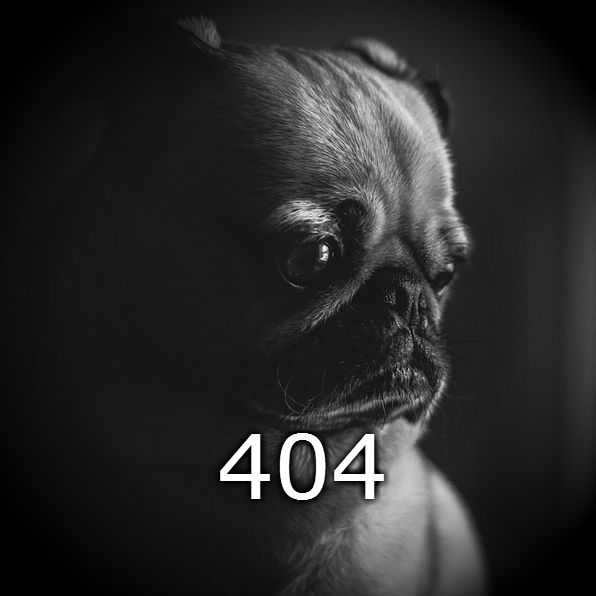Participatory User Experience Design with Underrepresented Populations: A Model for Disciplined Empathy
At Code4Lib 2014, Sumana Harihareswara delivered a keynote titled, “UX Is A Social Justice Issue.” Harihareswara encouraged attendees to practice a disciplined empathy in the work of designing library services, because “a better user experience is the best force multiplier we have at our command.” This inspirational keynote motivated a new initiative at the Montana State University Library: User Experience with Underrepresented Populations (UXUP). The goal of the UXUP project is to create better user experiences for all users in our community—from the mainstream to the margin. To achieve this goal, we followed the methodology of Participatory Design, which has its roots in Scandinavian industrial design of the 1980s. Participatory Design begins with the idea that the user and the designer each possess skills and perspectives of equal worth. This equity is realized through a practice of collaborative power-sharing and decision-making that deeply connects the user with the design outcome. For the UXUP project, our library worked with our Native American community to develop a participatory design practice anchored by a Native American student group empowered to make design decisions. This talk will overview our design methods, including website usability and emotional response assessment, journey mapping, interviews, and the student working group. We will also describe our design outcomes, including outreach programming, website enhancements, and physical space improvements. The UXUP project can serve as a model for empathetic and collaborative design, with the ultimate outcome of creating more inclusive library experiences for all users.

